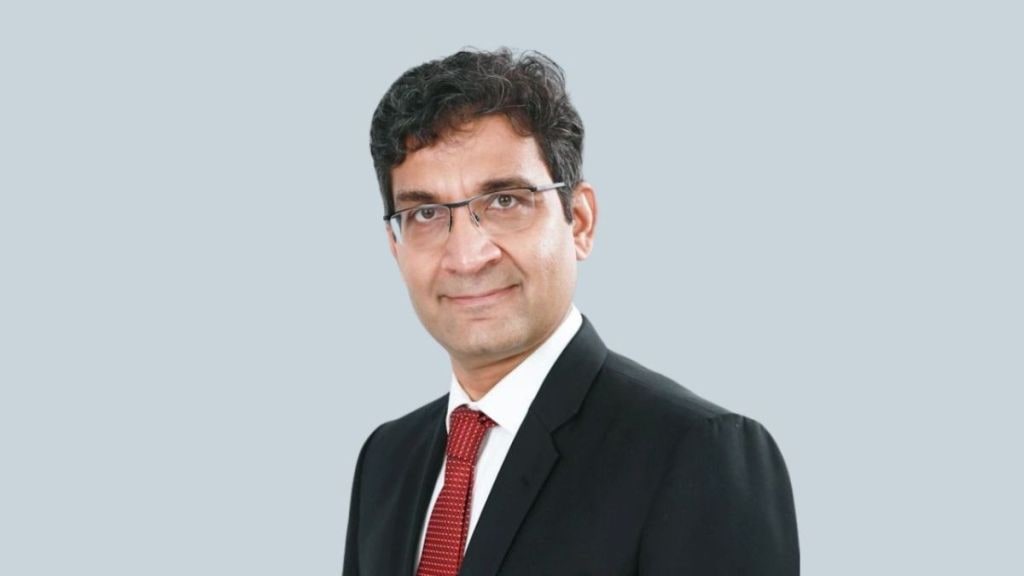Solar module maker Waaree Energies more than doubled its net profit to Rs 878.21 crore in Q2FY26 as compared to Rs 375.66 crore in the corresponding quarter of FY25. Its total income went up by 70% to Rs 6,227 crore in Q2FY26. Also, recently the US government started investigation whether Waaree sidestepped US tariffs on China made solar cells and tariffs by labelling them as made in India.
In an interview, the company’s chief executive officer Amit Paithankar tells Raghavendra Kamath about the impact of US investigation on the company and its capacity expansion plans. Excerpts:
Will the ongoing US investigation impact your expansion plans there?
No, absolutely no. US is an extremely important market for us, and our expansions go unabated. We talked about Meyer Burger acquisition, which we proceeded with. We will continue to expand our facility in Texas. In the Select USA Summit in May this year, we also announced a potential investment in the battery storage system manufacturing in the US. So, our plans continue unabated.
You talked about further localisation in US and backward integration in terms of cell production in the US. So, can you elaborate on your plans?
We are very committed to the US market, and we would like to backward integrate into cells and batteries in the US, the timing for that will really be dependent on the speed at which the market grows and and we are constantly on the watch.
What is your capacity expansion plans?
We commissioned 3 gigawatts of module manufacturing in our Chikli gigafactory during the quarter that takes our India footprint to about 17 GW. In the US, we already have 1.6 GW in the acquired assets of the Meyer Burger. We have also got a 1 GW facility in Arizona, and then we are coming up with 6 GW of module manufacturing in Samkhayali in Gujrat which should be commissioned by the end of Q4FY26.
So, all of that taken together, by the end of this financial year, our module manufacturing capacity should be around 27 GW. As far as cell manufacturing is concerned, we already are at 5.4 GW. We are coming up with additional 10 gigawatts of cell facility and 10 GW of ingot and wafer capacity.
What kind of capital expenditure you are looking to incur for this?
We have a capex of about Rs 12,000 crore for the solar PLI phase, 10 gigawatts of wafer, cells, and then 6GW of modules. And then there is another additional Rs 8,175 crore for energy storage systems, electrolyzers and so on.
With the cut in GST on cells, how will it impact the players and buyers?
Customers will get benefit of 3-4% or more and it will fuel consumption boom. With the emphasis that our country has on rooftop solar and with the PM Surya Ghar scheme, the cut is really going to be a game changer.
The pace of renewable energy addition in the country is lagging despite the government’s target of achieving 500 GW by 2030. What is your take on that?
India has achieved 50% non-fossil fuel capacity ahead of its 2030 target, that is five years early. That is a strong achievement. But the target is now elevated, (500 GW of non-fossil capacity), so further growth, grid modernisation, transmission upgrades, and the full suite of grid-integration measures will indeed be essential.
Many power companies are again looking at setting up thermal projects after a gap. How do you look at it?
For a large country like India, it is honestly not either or. I think our appetite for energy is voracious, and it is growing by leaps and bounds. In the interim, I think these are all going to be required.


